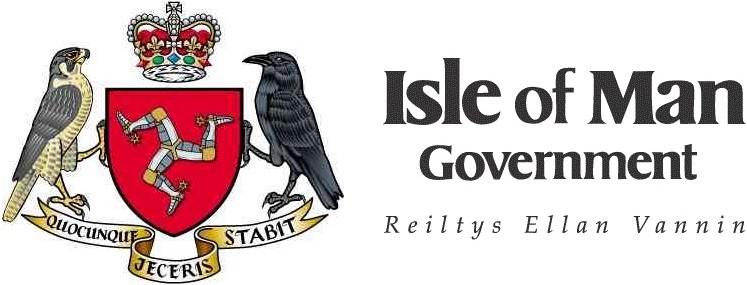Implementation of Policy on Bovine Viral Diarrhoea (BVD)
Feedback updated 8 Feb 2018
We asked
We asked for the views of the public on proposals for the next phase of the Bovine Viral Diarrhoea (BVD) Scheme – proposals which have been designed to progress further towards eradication of BVD.
You said
The consultation attracted 25 responses in total – 23 online and 2 via email.
The vast majority of respondents acknowledged the need for the BVD control strategy to be taken forward towards eradication. There were some concerns around potential costs and movement restrictions. Further guidance on biosecurity was strongly recommended by the respondents.
We did
We have published a Summary of Responses to the Consultation document. Noting the feedback received, DEFA will further develop the proposed changes to the BVD Scheme.
Published responses
View submitted responses where consent has been given to publish the response.
Overview
BVD virus causes a complex of diseases in cattle, the most important of which can interfere with reproduction, affect the unborn calf and ultimately lead to fatal mucosal disease. BVD virus can also cause enteritis during transient infection, which is usually mild but is occasionally severe enough to cause death, even in adult cattle. Transient BVD virus infection is also associated with significant suppression of disease resistance, contributing to outbreaks of other disease such as pneumonia or scours.
Benefits of BVD control and eradication
- Reduced livestock costs – improved fertility, less sick animals to treat, better growth
- Improved animal welfare – less illness particularly scours and calf pneumonia
- Reduced use of antibiotics – less sick animals to treat
- Reduced emission of greenhouse gases – more efficient production
Why your views matter
The Department now wishes to consult on the following proposals for the next phase of the scheme to progress further towards eradication that would aim to:
- Reduce the level of infection in the National Herd further by requiring removal persistently infected animals
- Reduce the risk of spread within the National herd further by requiring additional movement restrictions and increased biosecurity
- Reduce the risk of importing the disease by requiring further controls on importing animals
- Increasing the value of test results by broadening scope and shortening time
What happens next
We will provide a summary of the consultation responses by the end of January 2018.
Areas
- All Areas
Audiences
- Leaseholders/ landowners
- Other non-resident - business interests
Interests
- Biodiversity, wildlife & conservation
- Agriculture
- Environment
- Environmental Health

Share
Share on Twitter Share on Facebook